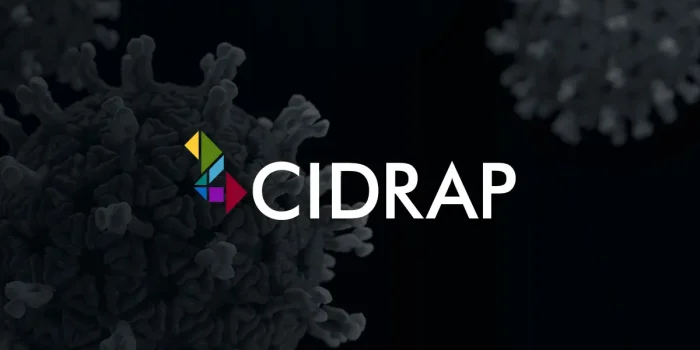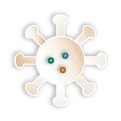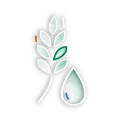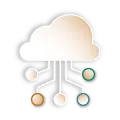A single mutation in the highly pathogenic influenza (HPAI) H5N1 virus currently circulating among US dairy cows could facilitate its attachment to human cells, enabling person-to-person spread, underscoring the need for continuous surveillance, an experimental Scripps Research Institute study suggests.
But the researchers say other genetic mutations would likely be needed for the virus to prefer human cell receptors to avian receptors and enable efficient human transmission. While circulating H5N1 strains have caused mostly mild illness in dozens of people in the United States exposed to sick wild birds, poultry, dairy cows, and other mammals, the virus doesn’t circulate among people.
Using the H5N1 strain isolated from the first US human infection with bovine strain 2.3.4.4b (A/Texas/37/2024), the scientists introduced several mutations into the virus’s hemagglutinin (HA) gene sequence to compare the binding of the protein with avian versus human-type cell receptors. Influenza viruses attach to cells via HA, which grabs onto sugar receptors and causes infection.
The mutations, which were chosen to mimic natural mutations, were introduced only onto the HA surface protein and didn’t involve the creation of or experimentation with a whole, infectious virus, the authors noted.
The findings were published yesterday in Science.
Receptor binding key to transmissibility
One mutation, the Gln226Leu substitution (Q226L), enabled the protein to more easily attach to receptors typically found on human cells, particularly in the presence of a second mutation, called Asn224Lys.













